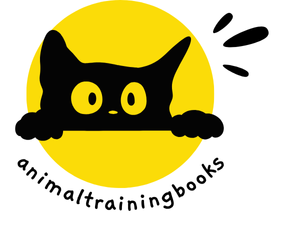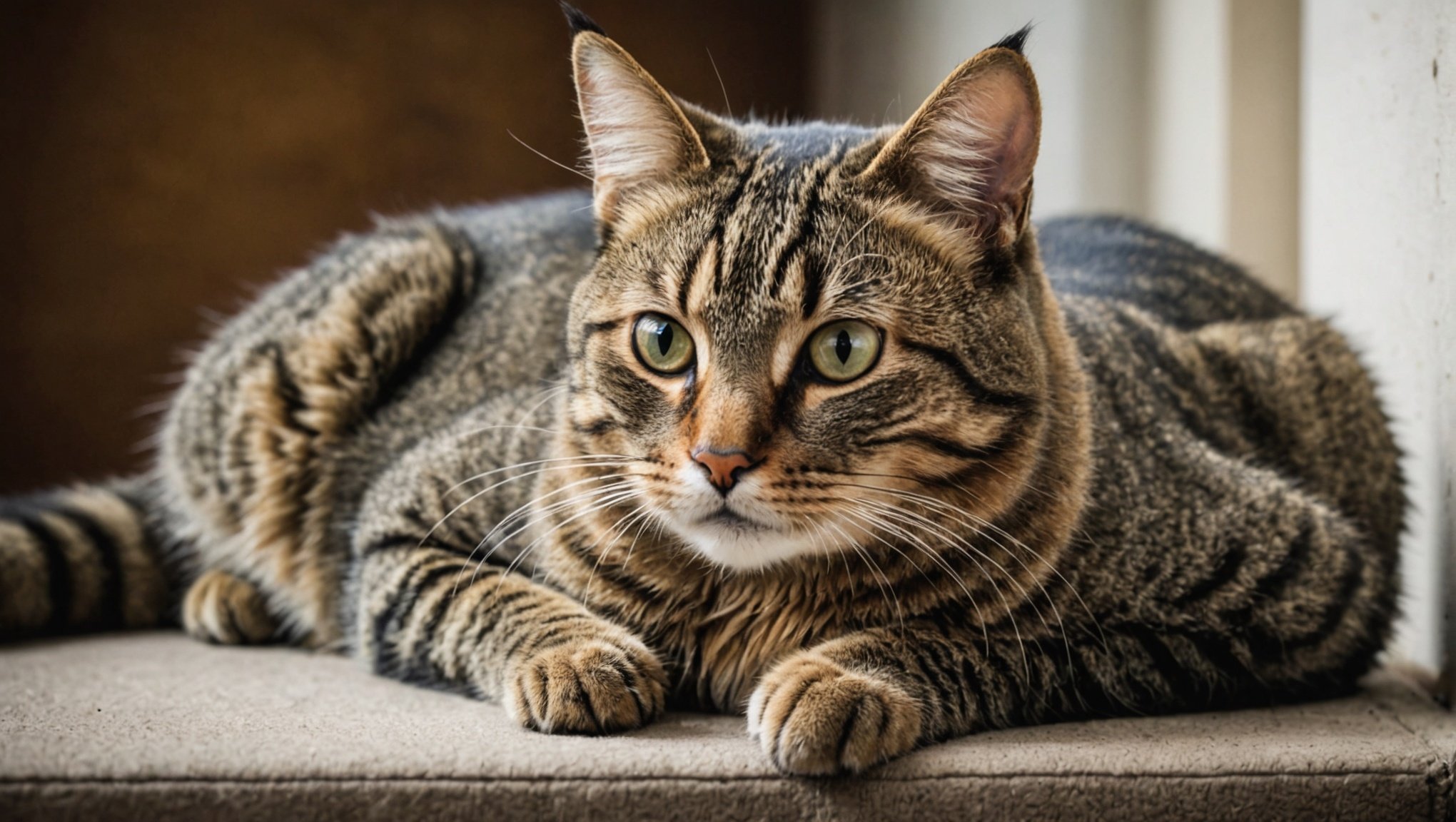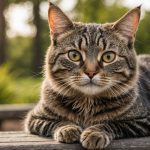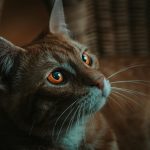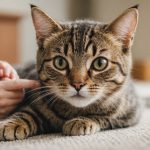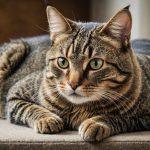Indoor cats face unique challenges that can lead to obesity and diminished wellbeing. Nurturing their natural hunting instincts is essential for combating these issues. Engaging your feline friend in stimulating activities mimics their natural behaviors, promoting physical fitness and mental engagement. Discover practical strategies to invigorate your indoor cat’s life, enhance their health, and help them thrive in their environment. Transform playtime into a journey of exploration that enhances their innate instincts while ensuring they remain active and happy.
Understanding Indoor Cats’ Natural Behaviors
Indoor cats, much like their outdoor counterparts, possess inherent natural hunting instincts. These instincts are deeply rooted in their evolutionary past, where survival depended on their ability to hunt and capture prey. Despite being domesticated, indoor cats still exhibit behaviors such as stalking, pouncing, and batting at objects, which are all manifestations of these instincts.
Sujet a lire : Top Tips for Keeping Your Active Vizsla Hydrated During Summer Adventures
The behavior of indoor cats can differ significantly from that of outdoor cats. While outdoor cats have ample opportunities to engage in hunting and exploring, indoor cats might not have the same level of stimulation. This difference can lead to a lack of physical and mental engagement for indoor cats, which can affect their overall wellbeing.
Nurturing these natural hunting instincts is crucial for an indoor cat’s health. Providing toys that mimic prey, such as feather wands or laser pointers, can help satisfy their hunting needs. Additionally, interactive play sessions can offer the necessary stimulation and exercise.
A lire en complément : Empowering UK Landowners: A Guide to Restoring Natural Habitats for Endangered Species
By understanding and supporting indoor cat behavior, owners can ensure their pets lead fulfilling and enriched lives. Encouraging these instincts not only benefits the cats physically but also mentally, helping to prevent boredom and related behavioral issues.
The Impact of Obesity on Feline Health
Cat obesity is a growing concern that poses significant feline health risks. Recent statistics indicate that nearly 60% of domestic cats are overweight or obese, underscoring the prevalence of this issue. Obesity in cats can lead to a myriad of health complications, affecting their quality of life and longevity.
The health risks associated with obesity in cats are manifold. Overweight cats are at a higher risk of developing diabetes, arthritis, and heart disease. These conditions can severely impact a cat’s ability to move, play, and engage in natural behaviours, such as hunting and exploring. Furthermore, obesity can lead to respiratory issues and a decreased immune response, making cats more susceptible to infections.
In addition to physical health concerns, behavioural changes linked to obesity in indoor cats can be profound. Obese cats may become less active, showing a decreased interest in play and exploration. They might also exhibit changes in their grooming habits, often grooming less due to difficulty reaching certain areas. This can lead to skin problems and a decline in overall hygiene.
Understanding and addressing cat obesity is crucial for ensuring a healthy, active, and fulfilling life for indoor cats.
Strategies for Stimulating Hunting Instincts
Indoor cats thrive when their natural behaviours are nurtured, particularly through stimulating play. Engaging in play is essential for encouraging these instincts, as it mimics the activities they would perform in the wild.
Importance of Play
Play is not just leisure; it is a vital part of a cat’s routine that supports both physical and mental health. Through play, cats can express their hunting simulation instincts, which helps in maintaining their agility and preventing obesity-related issues.
Types of Toys
Selecting the right toys is crucial in providing a hunting-like experience. Toys that simulate prey, such as feather wands, laser pointers, and motorised mice, can effectively mimic the chase and capture sequence. These toys encourage cats to stalk, pounce, and bat, satisfying their innate desires.
Techniques for Active Play Sessions
To engage cats in active play sessions, owners should vary the pace and type of play. Short, energetic bursts are more effective than prolonged sessions, as they replicate the quick pursuits of prey. Incorporating stimulating play into daily routines ensures that indoor cats remain active, healthy, and content. Regularly rotating toys and introducing new challenges keeps the experience fresh and exciting for your feline companion.
Interactive Play Techniques
Interactive play is essential for promoting cat engagement and keeping indoor cats physically and mentally stimulated. By incorporating various activities into their daily routine, owners can help their feline companions thrive.
Examples of Interactive Play Activities
Interactive play can take many forms, each designed to engage a cat’s natural instincts. Laser pointers are a popular choice, as they mimic the swift movements of prey, encouraging cats to chase and pounce. However, it’s important to end the session with a tangible reward to prevent frustration. Feather wands are another excellent option, as they allow for interactive play between the cat and owner, simulating the hunt and capture sequence.
Benefits of Using Laser Pointers and Feather Wands
Using tools like laser pointers and feather wands offers numerous benefits. They not only provide exercise but also enhance a cat’s agility and reflexes. These play sessions can help alleviate boredom and reduce the risk of obesity, contributing to a healthier lifestyle.
Creating a Routine for Regular Interactive Playtime
Establishing a consistent routine is crucial for maintaining a cat’s interest. Scheduling short, frequent play sessions throughout the day ensures ongoing engagement. By rotating toys and introducing new challenges, owners can keep their cats entertained and mentally sharp.
Environmental Enrichment for Indoor Cats
Environmental enrichment is crucial for maintaining the health and happiness of indoor cats. By creating a stimulating atmosphere, owners can ensure their pets have the necessary mental and physical engagement.
Designing a Stimulating Indoor Environment
To enhance a cat’s environment, consider incorporating various cat enrichment ideas. This might include adding vertical spaces such as shelves or cat trees, which allow cats to climb and explore. These structures not only provide exercise but also satisfy their natural curiosity and love for heights.
Incorporating Climbing Structures and Hiding Spots
Cats enjoy having places to hide and observe their surroundings. Incorporating tunnels, boxes, or dedicated hiding spots can offer a sense of security and adventure. These elements mimic the natural environment where cats can hunt or retreat, making them feel more at ease.
Ideas for Rotating Toys and Activities to Maintain Interest
To keep cats engaged, regularly rotating toys is essential. Introduce new textures, sounds, and movements to prevent boredom. Consider toys that mimic prey behavior, or use food puzzles to stimulate their problem-solving skills. By varying activities, you maintain their interest and promote a lively, enriched lifestyle.
Maintaining a Balanced Diet
Cat nutrition is fundamental for indoor cats to thrive. A balanced diet for cats supports their energy levels, overall health, and natural behaviours. Indoor cats require a diet rich in proteins and fats, which are essential for maintaining muscle mass and supporting their active play sessions.
A proper diet significantly impacts a cat’s energy levels and hunting behaviours. Cats with adequate nutrition exhibit more enthusiasm during play, reflecting their natural hunting instincts. An imbalanced diet, however, can lead to lethargy, affecting their engagement in interactive activities.
When choosing the right food, consider high-quality options that meet all nutritional needs. Look for products with real meat as the primary ingredient, avoiding fillers like corn or soy. Portion control is crucial in preventing obesity, which is a common issue among indoor cats. Follow the feeding guidelines on pet food labels and adjust based on your cat’s activity level and weight.
To ensure a balanced diet, you might consider incorporating wet food, which can aid in hydration and offer variety. Regularly consulting a veterinarian can help tailor a diet plan specific to your cat’s needs, ensuring they remain healthy and active.
Success Stories: Transforming Indoor Cats
The transformation of indoor cats through play and stimulation is exemplified by numerous cat success stories. These stories highlight the profound impact of engaging activities on feline health and behaviour.
One notable case involved a previously lethargic tabby named Max. Through daily interactive play sessions using feather wands and laser pointers, Max exhibited significant behavioural change. His owner reported increased energy levels and a renewed interest in exploring his environment.
Experts in feline behaviour emphasise the benefits of stimulating a cat’s natural hunting instincts. According to Dr. Jane Collins, a renowned veterinarian, interactive play not only enhances physical health but also reduces stress and anxiety in cats. This holistic approach contributes to a more balanced and content feline lifestyle.
Testimonials from cat owners further illustrate these positive outcomes. Sarah, a cat owner, noticed a remarkable transformation in her cat, Luna. After incorporating climbing structures and rotating toys, Luna’s playfulness and curiosity were rekindled. Sarah observed a notable improvement in Luna’s overall wellbeing and social interactions.
These success stories underscore the importance of nurturing indoor cats’ natural instincts, demonstrating how targeted activities can lead to healthier and happier pets.
Visual Aids and Demonstrations
Visual learning plays a crucial role in effective cat training, allowing owners to understand and implement techniques that cater to their feline’s needs. With the rise of digital platforms, cat training videos have become invaluable resources for pet owners. These videos offer step-by-step instructions on engaging indoor cats through interactive play and environmental enrichment.
Recommended resources include platforms like YouTube, where channels dedicated to pet care provide comprehensive tutorials on using toys and setting up stimulating environments. These videos often feature demonstrations of techniques such as using feather wands or laser pointers, helping owners replicate the actions accurately.
Creating effective visual guides for cat owners involves clear, concise instructions paired with engaging visuals. Consider illustrating the setup of a stimulating environment or the proper use of visual aids for cats. Use diagrams or infographics to highlight key points, ensuring the information is accessible and easy to follow.
For an enhanced learning experience, integrate bullet points summarising essential tips or steps. This approach not only aids in understanding but also encourages owners to implement these strategies, ultimately fostering a more enriching lifestyle for their indoor cats. By leveraging visual aids, cat owners can better cater to their pets’ natural behaviours.
Expert Insights and Recommendations
Understanding the nuances of feline health and behaviour is essential for cat owners. To provide clarity, we consulted with veterinarians and animal behaviourists who offer invaluable veterinary advice on maintaining a cat’s wellbeing.
Interviews with Veterinarians on Feline Health
Veterinarians emphasise the importance of regular check-ups to monitor a cat’s weight and overall health. Dr. Emily Thompson, a leading expert in feline care, advises that routine visits can help detect potential health issues early, such as obesity or diabetes. These check-ups are crucial for adjusting dietary needs and ensuring a balanced lifestyle.
Recommendations from Animal Behaviourists
Animal behaviourists highlight the need for expert cat care in understanding and nurturing a cat’s natural instincts. They recommend creating an environment that stimulates both physical and mental activities. This includes interactive play and environmental enrichment, which are vital for a cat’s happiness and health.
Importance of Regular Veterinary Check-Ups
Regular veterinary visits are not just about vaccinations; they play a pivotal role in monitoring your cat’s weight and behaviour. Consistent check-ups allow for tailored advice, ensuring that any changes in health or behaviour are addressed promptly. This proactive approach is key to fostering a healthy, thriving indoor cat.
